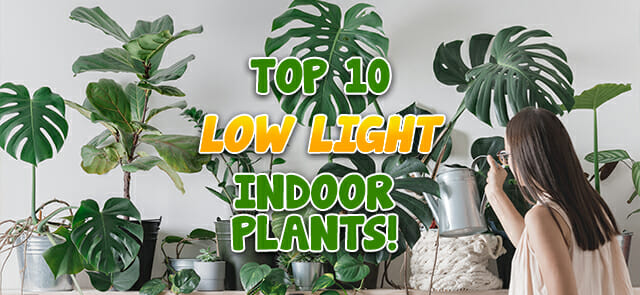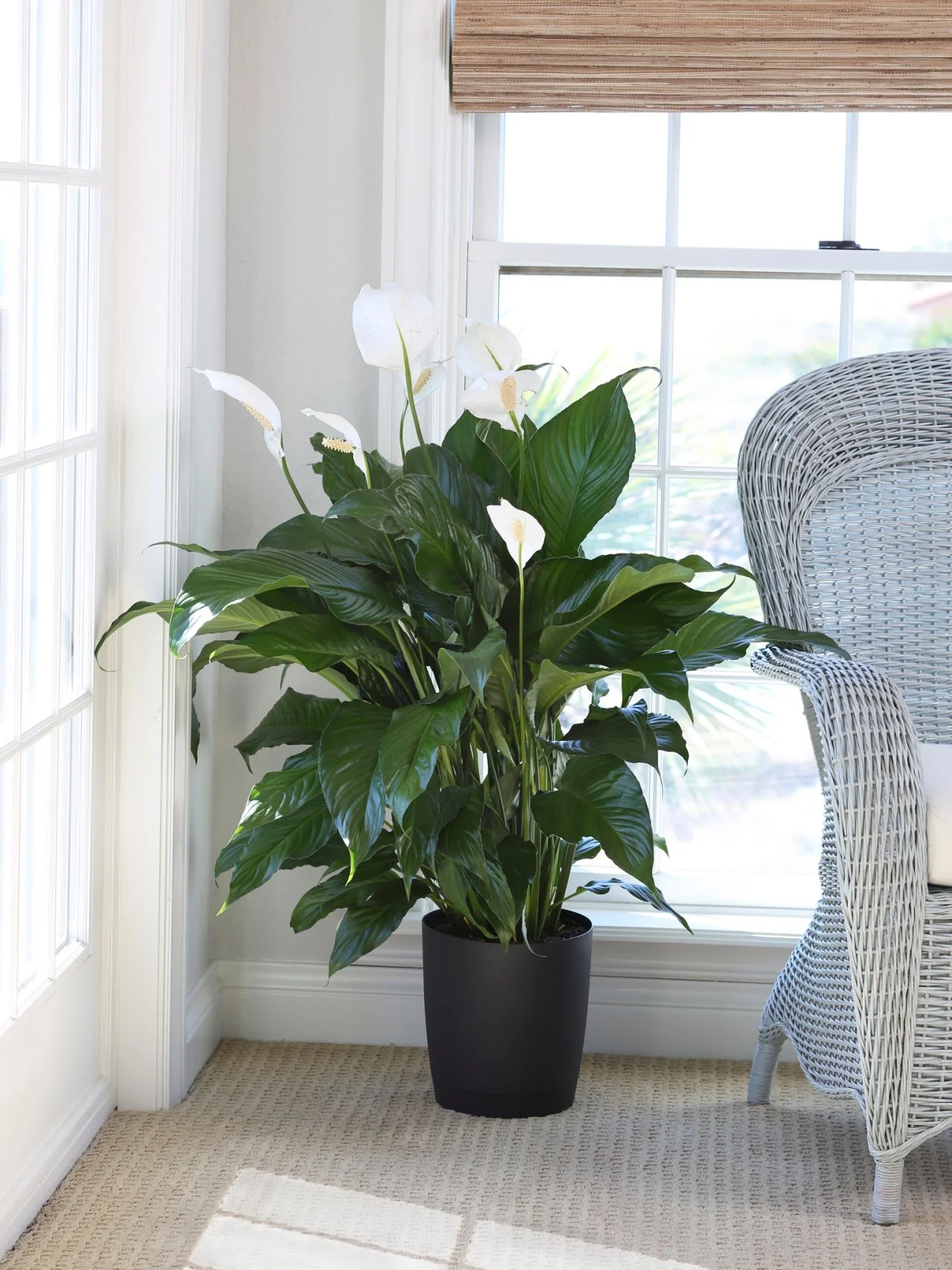Transform Your Home With Beautiful Low-Light Indoor Plants and Their Advantages
Incorporating low-light interior plants into your home can considerably improve both the ecological and aesthetic quality of your living areas. These plants, which prosper in dark problems, offer not only as ornamental aspects but also as all-natural air cleansers, making them suitable for urban occupants or those with minimal sunlight exposure. As we explore the numerous kinds of low-light plants and their benefits, you might discover surprising ways to integrate them right into your home that can change your environments in means you may not have anticipated.
Advantages of Low-Light Plants
Low-light plants use numerous benefits for interior atmospheres, making them an excellent option for both newbie and seasoned garden enthusiasts. One of the primary benefits is their adaptability to low-light problems, permitting individuals to enhance their living rooms without the need for comprehensive sunshine exposure. This particular makes them ideal for homes, offices, and various other areas with minimal natural light.

Furthermore, including low-light plants into home décor can boost the visual charm of an area. Their lush foliage and varied textures produce a relaxing ambience, adding to total health. The visibility of plant has been linked to lowered anxiety degrees and improved performance, making low-light plants a useful choice for boosting both psychological and physical wellness in indoor settings.
Top Low-Light Indoor Plants
While lots of interior plants prosper in bright light, numerous varieties are especially fit for low-light conditions, making them perfect for various indoor areas. One prominent option is the Serpent Plant (Sansevieria), known for its striking upright leaves and durability, calling for marginal treatment. One more exceptional alternative is the Pothos (Epipremnum aureum), which features heart-shaped leaves and can track magnificently from hangers or shelves, flourishing in low light and adding a lavish touch.
The ZZ Plant (Zamioculcas zamiifolia) is commemorated for its glossy fallen leaves and capability to withstand disregard, making it excellent for busy way of livings. The Tranquility Lily (Spathiphyllum) not only endures reduced light yet additionally produces sensational white blooms, improving any kind of room's visual.
For a special touch, think about the Cast Iron Plant (Aspidistra elatior), which indeed measures up to its name, prospering in the darkest corners of your home. Finally, the Chinese Evergreen (Aglaonema) supplies a range of fallen leave patterns and shades while being incredibly flexible in low-light problems. These plants not only improve interior atmospheres but additionally add to air purification, enhancing your space.
Treatment Tips for Low-Light Plants

Watering practices are important; these plants typically like a little completely dry problems. Overwatering can result in root rot, so guarantee that the top inch of dirt is completely dry prior to sprinkling once again. Usage pots with drainage holes to permit excess moisture to run away.
Humidity is one more important element. Several low-light plants, such as ferns and peace lilies, advantage from higher humidity degrees. To raise humidity, think about misting the fallen leaves or placing a tray of water near the plants.
Fertilization must be come close to with caution. During the growing period, make use of a watered down, well balanced fluid fertilizer every month to support development, yet prevent feeding during the dormant wintertime months.

Innovative Ways to Present Plants
Indoor plants can serve as exciting centerpieces in any room, improving both visual allure and ambiance. Creative screens can boost the aesthetic impact of low-light plants, making them an important part of your home design. One reliable approach is to use tiered plant stands, which enable you to display several plants at differing elevations while making best use of flooring room.
Hanging planters are one more ingenious choice, producing a feeling of deepness and attracting the eye upward. Consider macramé hangers or wall-mounted shelves to present a special appearance and design.
For a more organized approach, use geometric terrariums or glass containers to house your plants, adding a modern touch to your indoor yard. You can also repurpose vintage products, such as teacups or wood pet crates, for a diverse display that shows your personality.
Enhancing Home Setting With Plants
Integrating low-light plants into your home not just improves visual allure yet additionally contributes considerably to the total ambiance. These plants act as natural decor components, introducing a feeling of harmony that can transform any kind of room. The visibility of greenery cultivates a relaxing atmosphere, which is specifically advantageous in high-stress atmospheres such as office or living rooms.
Low-light plants, such as snake plants, pothos, and ZZ plants, are not just aesthetically pleasing yet likewise boost interior air quality by filtering system pollutants. This double feature boosts the atmosphere further, developing a healthier space (Best low-light indoor plants). The critical placement of these plants can additionally affect the understanding of space; as an example, high plants can draw the eye upwards, making ceilings show up higher and rooms a lot more spacious
Additionally, varying appearances and colors of foliage add deepness to indoor design, enabling for creative expression in home styling. Whether positioned on shelves, in edges, or as centerpieces, low-light plants can raise the state of mind of any area. check it out In recap, integrating these plants right into your home is an efficient means to foster a cozy, welcoming ambience while reaping the advantages of enhanced air top quality and visual adaptability.
Conclusion
Including try these out low-light indoor plants into home atmospheres uses numerous benefits, including boosted visual allure and boosted air quality. These resilient plants, such as the Serpent Plant and Tranquility Lily, require marginal light and maintenance, making them suitable for varied lifestyles. Their capability to filter toxins adds to a healthier living space, while their diverse structures and shades enrich interior design (Best low-light indoor plants). hop over to these guys Inevitably, the incorporation of low-light plants cultivates a serene and welcoming atmosphere, changing any kind of home into a serene oasis.
While numerous interior plants grow in brilliant light, several species are specifically appropriate for low-light conditions, making them suitable for various indoor rooms. One efficient approach is to utilize tiered plant stands, which permit you to showcase numerous plants at varying elevations while taking full advantage of floor area.
Low-light plants, such as snake plants, pothos, and ZZ plants, are not just aesthetically pleasing yet additionally enhance indoor air top quality by filtering pollutants. Best low-light indoor plants. The critical positioning of these plants can also affect the understanding of space; for circumstances, tall plants can attract the eye upward, making ceilings show up greater and spaces extra spacious
These durable plants, such as the Snake Plant and Tranquility Lily, call for marginal light and maintenance, making them suitable for varied way of lives.